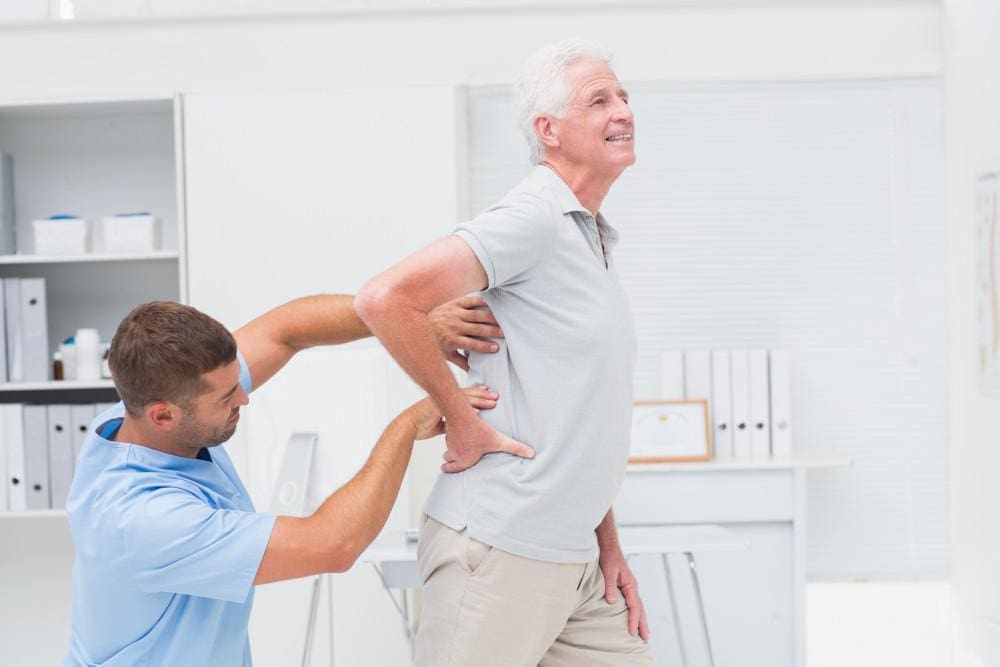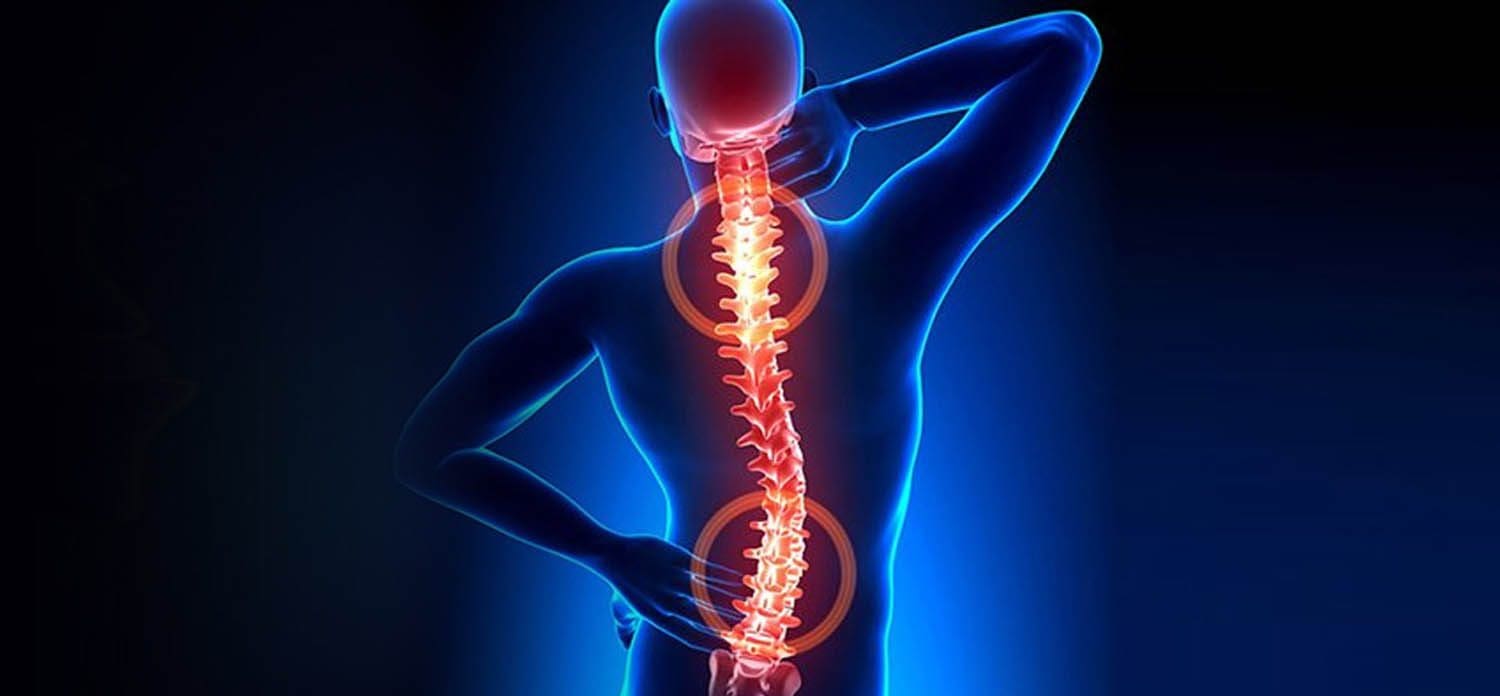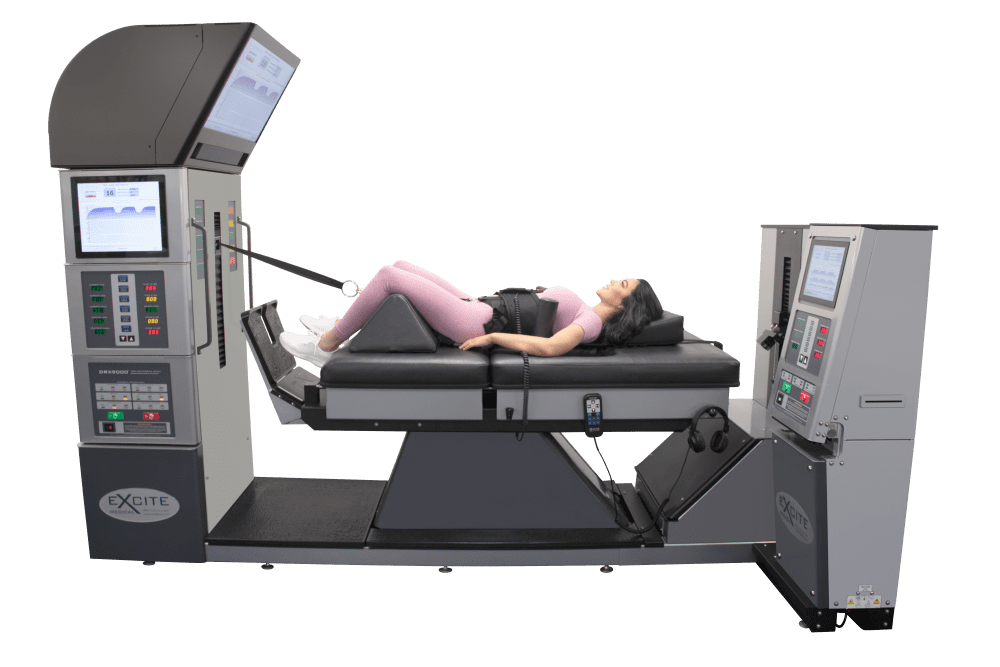
Table of Contents
Introduction
The body is a functional machine that constantly moves and can twist, bend, turn, and do everyday movements without feeling pain. This is due to the spine, as its primary function is to keep the body upright and perform properly. The spine and the ligaments, the spinal cord, nerve roots, and spinal discs are all part of the central nervous system. When the body becomes injured due to accidents, many complications like spinal injuries, low back pain, herniated discs, or degenerative issues will affect the body, back, and spine. Fortunately, when problems like this happen to the spine, non-surgical therapies can help alleviate the pain and help restore the spine to its original functioning state. Today’s article dives in on the function of the central nervous system and how the spinal cord plays its role, and how spinal decompression therapy can affect the central nervous system. By referring patients to qualified and skilled providers specializing in spinal decompression therapy. To that end, and when appropriate, we advise our patients to refer to our associated medical providers based on their examination. We find that education is the key to asking valuable questions to our providers. Dr. Alex Jimenez DC provides this information as an educational service only. Disclaimer
Can my insurance cover it? Yes, it may. If you are uncertain, here is the link to all the insurance providers we cover. If you have any questions, please call Dr. Jimenez at 915-850-0900.
How Does The Central Nervous System Function?
Research studies have mentioned that the central nervous system controls everything in the body. Since the body can function with everyday movements and get to different places through any means, it is due to the central nervous system. The central nervous system consists of the brain and the spinal cord, and its primary function is to receive, process, and respond to all sensory information that the body is going through. The brain is in the central nervous system that sends out neuron signals that travel down through the spinal cord and to every nerve root in the body. These nerve roots not only send out sensory information back to the brain but also protect the spine. Other research studies have shown that the central nervous system’s network has motor components that respond to its surroundings. The body’s central nervous system can also respond to environmental and injury stimuli.
The Spinal Cord
As part of the central nervous system, the spinal cord’s primary function is to send out information from the brain through the nerves. Research studies have shown that the spinal cord is protected by the spine, an S-shaped curve that helps keep the body upright. What the spinal cord does is that it is within the spinal canal, and the spinal nerves that are attached to the spinal cord are spread out throughout the spine. Since the spinal cord helps the brain by sending out information to the body, research shows that when many disorders and injuries affect the spine, it can cause a range of symptoms that can affect the many parts of the body. These disorders and injuries can be mild, like low back pain, while others can be severe, like spinal stenosis or sciatica. These symptoms can cause immense pain to the body and the spine, but there are different ways to alleviate the pain so it won’t affect the spinal cord or the spine anymore. When many factors cause harm to the spinal cord, it can cause severe damage to the spine if it is not treated right away.
How Spinal Decompression Helps The Spine-Video
Is your spine feeling a bit stiff from twisting and turning excessively? How about feeling tenderness in certain areas located on the back? How about sharp shooting pain that radiates down to your leg? If you are experiencing any of these painful symptoms, why not incorporate spinal decompression therapy into your wellness journey. The video above explains how spinal decompression therapy can help alleviate compressed spinal discs and release the pressure off the nerve roots along the spine. Since the central nervous system sends out information throughout the entire body, spinal decompression help alleviate the painful signals coursing throughout the body through traction and helps restore the spine to its original function. Suppose you want to learn more about spinal decompression therapy and how it can benefit you? In that case, this link will explain what spinal decompression does for the spine and the central nervous system.
How Spinal Decompression Affects The Central Nervous System
There are many ways to ensure that the spinal cord does not get injured severely and that the central nervous system is sending out the signals correctly. One of the ways is through spinal decompression therapy. Research studies have shown that spinal decompression therapy uses motorized non-surgical traction to help with low back pain and reduce the pressure on compressed spinal discs by increasing their disc height. When the spine starts to become compressed, it can affect the intervertebral discs causing them to be herniated and pressed on the spinal nerve root. This causes the brain in the central nervous system to send out signals to where the pain is located on the nerve root and causes many unwanted issues to affect the body. However, as research studies found, when utilizing spinal decompression, supine will help stretch the spine gently and help improve the lumbar range of motion in the spine. This will bring back a person’s quality of life and help them become pain-free.
Conclusion
In the body, the central nervous system is the control center to ensure that the body is functioning correctly while being home to the brain and spinal cord. The spine protects the spinal cord while its primary job is to send out signals from the brain throughout the spinal nerves that branched out of the spine, ensuring that the information helps with the body’s motor functions. When the body becomes injured, it can stop the signals from reaching their necessary places and cause immense pain all over the body. Spinal decompression therapy can help alleviate the pain by using traction on the spine and gently stretching the compressed spinal discs. This will take the compressed disc off the nerve roots and rewire the signals to stop causing pain to the body. Afterward, many people suffering from a compressed spinal disc will feel instant relief and continue in their daily lives.
References
Amjad, Fareeha, et al. “Effects of Non-Surgical Decompression Therapy in Addition to Routine Physical Therapy on Pain, Range of Motion, Endurance, Functional Disability and Quality of Life versus Routine Physical Therapy Alone in Patients with Lumbar Radiculopathy; a Randomized Controlled Trial.” BMC Musculoskeletal Disorders, BioMed Central, 16 Mar. 2022, www.ncbi.nlm.nih.gov/pmc/articles/PMC8924735/.
Apfel;Cakmakkaya OS;Martin W;Richmond C;Macario A;George E;Schaefer M;Pergolizzi JV;, Christian C. “Restoration of Disk Height through Non-Surgical Spinal Decompression Is Associated with Decreased Discogenic Low Back Pain: A Retrospective Cohort Study.” BMC Musculoskeletal Disorders, U.S. National Library of Medicine, 8 July 2010, pubmed.ncbi.nlm.nih.gov/20615252/.
DeSai, Charisma, and Amit Agarwal. “Neuroanatomy, Spine.” In: StatPearls [Internet]. Treasure Island (FL), StatPearls Publishing, 11 Aug. 2021, www.ncbi.nlm.nih.gov/books/NBK526133/.
Ludwig, Parker E, et al. “Neuroanatomy, Central Nervous System (CNS) – Statpearls – NCBI Bookshelf.” In: StatPearls [Internet]. Treasure Island (FL), StatPearls Publishing, 14 Oct. 2021, www.ncbi.nlm.nih.gov/books/NBK442010/.
Medical Professional, Cleveland Clinic. “Spinal Cord: Function, Anatomy and Structure.” Cleveland Clinic, 7 Oct. 2021, my.clevelandclinic.org/health/body/21946-spinal-cord.
Thau, Lauren, et al. “Anatomy, Central Nervous System – Statpearls – NCBI Bookshelf.” In: StatPearls [Internet]. Treasure Island (FL), StatPearls Publishing, 14 Oct. 2021, www.ncbi.nlm.nih.gov/books/NBK542179/.
Disclaimer
Disclaimers
Professional Scope of Practice *
The information herein on "How The Central Nervous System Is Affected By Decompression Therapy" is not intended to replace a one-on-one relationship with a qualified health care professional or licensed physician and is not medical advice. We encourage you to make healthcare decisions based on your research and partnership with a qualified healthcare professional.
Blog Information & Scope Discussions
Welcome to El Paso's wellness blog, where Dr. Alex Jimenez, DC, FNP-C, a board-certified Family Practice Nurse Practitioner (FNP-C) and Chiropractor (DC), presents insights on how our team is dedicated to holistic healing and personalized care. Our practice aligns with evidence-based treatment protocols inspired by integrative medicine principles, similar to those found on dralexjimenez.com, focusing on restoring health naturally for patients of all ages.
Our areas of chiropractic practice include Wellness & Nutrition, Chronic Pain, Personal Injury, Auto Accident Care, Work Injuries, Back Injury, Low Back Pain, Neck Pain, Migraine Headaches, Sports Injuries, Severe Sciatica, Scoliosis, Complex Herniated Discs, Fibromyalgia, Chronic Pain, Complex Injuries, Stress Management, Functional Medicine Treatments, and in-scope care protocols.
Our information scope is limited to chiropractic, musculoskeletal, physical medicine, wellness, contributing etiological viscerosomatic disturbances within clinical presentations, associated somato-visceral reflex clinical dynamics, subluxation complexes, sensitive health issues, and functional medicine articles, topics, and discussions.
We provide and present clinical collaboration with specialists from various disciplines. Each specialist is governed by their professional scope of practice and their jurisdiction of licensure. We use functional health & wellness protocols to treat and support care for the injuries or disorders of the musculoskeletal system.
Our videos, posts, topics, subjects, and insights cover clinical matters, issues, and topics that relate to and directly or indirectly support our clinical scope of practice.*
Our office has reasonably attempted to provide supportive citations and has identified the relevant research studies or studies supporting our posts. We provide copies of supporting research studies available to regulatory boards and the public upon request.
We understand that we cover matters that require an additional explanation of how they may assist in a particular care plan or treatment protocol; therefore, to discuss the subject matter above further, please feel free to ask Dr. Alex Jimenez, DC, APRN, FNP-BC, or contact us at 915-850-0900.
We are here to help you and your family.
Blessings
Dr. Alex Jimenez DC, MSACP, APRN, FNP-BC*, CCST, IFMCP, CFMP, ATN
email: coach@elpasofunctionalmedicine.com
Licensed as a Doctor of Chiropractic (DC) in Texas & New Mexico*
Texas DC License # TX5807
New Mexico DC License # NM-DC2182
Licensed as a Registered Nurse (RN*) in Texas & Multistate
Texas RN License # 1191402
ANCC FNP-BC: Board Certified Nurse Practitioner*
Compact Status: Multi-State License: Authorized to Practice in 40 States*
Graduate with Honors: ICHS: MSN-FNP (Family Nurse Practitioner Program)
Degree Granted. Master's in Family Practice MSN Diploma (Cum Laude)
Dr. Alex Jimenez, DC, APRN, FNP-BC*, CFMP, IFMCP, ATN, CCST
My Digital Business Card


